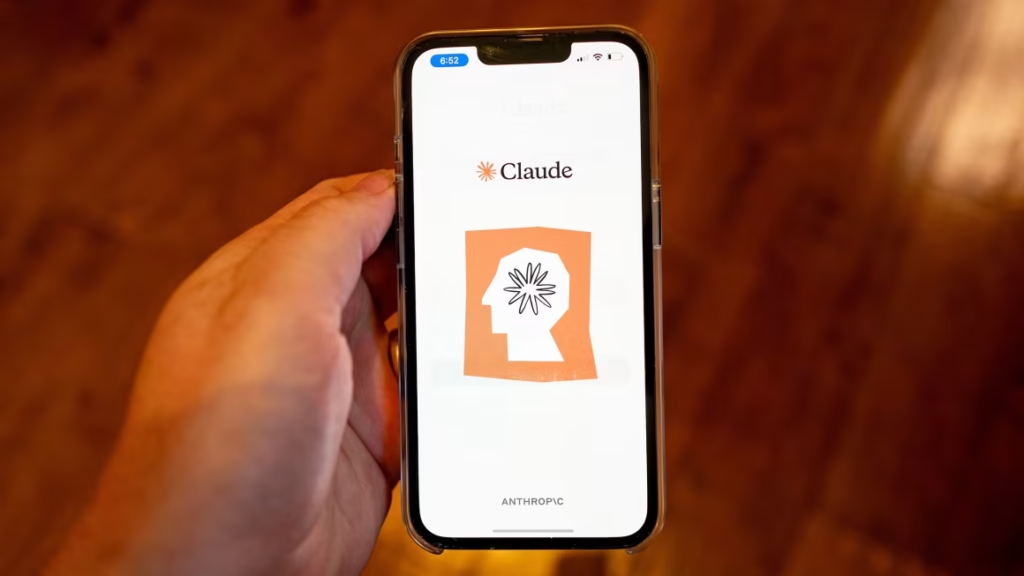What is the Best Anthropic Model for Coding?
Artificial intelligence has transformed how developers write, debug, and optimize code. Among the emerging leaders in this field is Anthropic, the San Francisco–based AI company best known for its Claude family of models. But with multiple Claude releases available and a rapidly changing AI landscape, many developers ask: What is the best Anthropic model for coding?
This question isn’t just about raw performance—it’s about speed, accuracy, context handling, and long-term reliability. In this investigative analysis, we’ll explore the different Claude models, benchmark data, use cases, comparisons to alternatives, and expert insights to uncover which version stands out for software development in 2025.
The Rise of Anthropic in the AI Coding Space
Anthropic entered the AI scene in 2021 with a focus on constitutional AI—a framework designed to make large language models safer and more aligned with human intent. While OpenAI’s GPT series initially dominated the coding market, Anthropic’s Claude has rapidly gained traction for its balanced mix of creativity, accuracy, and ethical guardrails.
In particular, Claude has been praised for its ability to handle large contexts—up to 200K tokens in Claude 3.5 Sonnet—which is critical for enterprise-level coding projects. This allows developers to feed in entire repositories, technical specifications, or long documentation files without losing track of dependencies.
Breaking Down the Claude Models for Coding
When evaluating what is the best Anthropic model for coding, it’s essential to understand the differences between Claude’s tiers.
Claude Instant
- Strengths: Fast response times, lightweight, suitable for everyday coding assistance and bug fixes.
- Limitations: Less accurate for complex algorithmic challenges, smaller context window.
- Best For: Quick prototypes, debugging, and lightweight scripting.
Claude Sonnet (Claude 3.5 Sonnet – 2025 Edition)
- Strengths: Balanced between cost, speed, and intelligence. Handles 200K tokens, making it highly capable for mid- to large-scale coding projects.
- Limitations: Slightly slower than Instant, but offers significantly higher reliability.
- Best For: Full-stack projects, working across multiple programming languages, and long-term code maintenance.
Claude Opus (Claude 3 Opus and future 3.5 release)
- Strengths: The most powerful in reasoning, deep logic, and advanced coding support. Performs well in algorithm-heavy tasks and system architecture planning.
- Limitations: Expensive and sometimes overkill for routine software development.
- Best For: Mission-critical systems, advanced R&D, AI safety research, and enterprise-level coding problems.
Benchmarking Anthropic Models Against Alternatives
Recent evaluations show that Claude 3.5 Sonnet is emerging as the best balance for coding tasks in 2025. According to independent benchmarks (see Stanford CRFM and Papers With Code), Claude performs on par or better than OpenAI’s GPT-4 in certain software development benchmarks, particularly in context handling and structured reasoning.
- Context Management: Claude 3.5 Sonnet surpasses GPT-4 Turbo in handling large codebases without losing track of dependencies.
- Error Rates: Lower hallucination rates than many competitors, making it more reliable for critical code.
- Speed & Efficiency: Faster than Claude Opus, more accurate than Claude Instant—hitting the sweet spot for developers.
Developer Use Cases: Where Claude Excels in Coding
Developers choosing the best Anthropic model for coding often look at real-world scenarios:
Debugging and Error Tracing
Claude models can read through long error logs and pinpoint root causes faster than manual debugging.
Large-Scale Refactoring
With its extended context window, Claude Sonnet can refactor thousands of lines of code, ensuring consistent architecture and naming conventions.
Cross-Language Support
Claude is language-agnostic, capable of handling Python, JavaScript, C++, Rust, and niche frameworks—making it a go-to tool for polyglot teams.
Documentation and Teaching
Anthropic’s safety-first approach makes Claude a strong candidate for learning environments, helping junior developers understand why a code snippet works instead of just spitting out the answer.
Internal and External Comparisons
While Claude shines in many areas, it’s important to compare it to both internal and external AI models.
- Internal Comparison: Claude Opus may be stronger in reasoning, but for most developers, Claude Sonnet strikes the right balance.
- External Comparison: Compared to GPT-4 Turbo and Google’s Gemini 1.5, Claude often wins in long-context coding tasks but may lag slightly in niche algorithm optimization.
For further reading, check authoritative resources like Anthropic’s official blog and industry reports from TechCrunch.
FAQs: What is the Best Anthropic Model for Coding?
Q1: What is the best Anthropic model for coding in 2025?
The best Anthropic model for coding in 2025 is Claude 3.5 Sonnet, offering the ideal balance of speed, accuracy, and context handling.
Q2: Is Claude better than GPT-4 for coding?
In long-context scenarios, yes. Claude handles larger codebases better than GPT-4, though GPT-4 may still excel in niche algorithm-heavy tasks.
Q3: Can Claude replace human programmers?
No. Claude is a powerful assistant but still requires human oversight for architecture, creative problem-solving, and ethical decision-making.
Q4: Which Claude model is best for beginners in coding?
Claude Instant is ideal for beginners thanks to its speed and affordability, though it may lack the depth of Sonnet or Opus.
Q5: How does Claude perform in enterprise coding?
Claude Sonnet is highly recommended for enterprise coding because of its ability to handle large-scale refactoring, documentation, and cross-team collaboration.
Conclusion: The Future of Anthropic Models in Coding
So, what is the best Anthropic model for coding today? Based on benchmarks, developer feedback, and industry analysis, Claude 3.5 Sonnet is the strongest all-around choice. It offers extended context, reliable accuracy, and a balanced cost-to-performance ratio, making it suitable for everything from startups to enterprise software engineering.
As AI continues to evolve, it’s likely that future iterations of Claude will push boundaries even further—possibly integrating deeper reasoning, multi-modal capabilities, and specialized developer-focused training. For now, Claude 3.5 Sonnet remains the model to beat in the coding space, representing the next chapter in how AI transforms software development.

